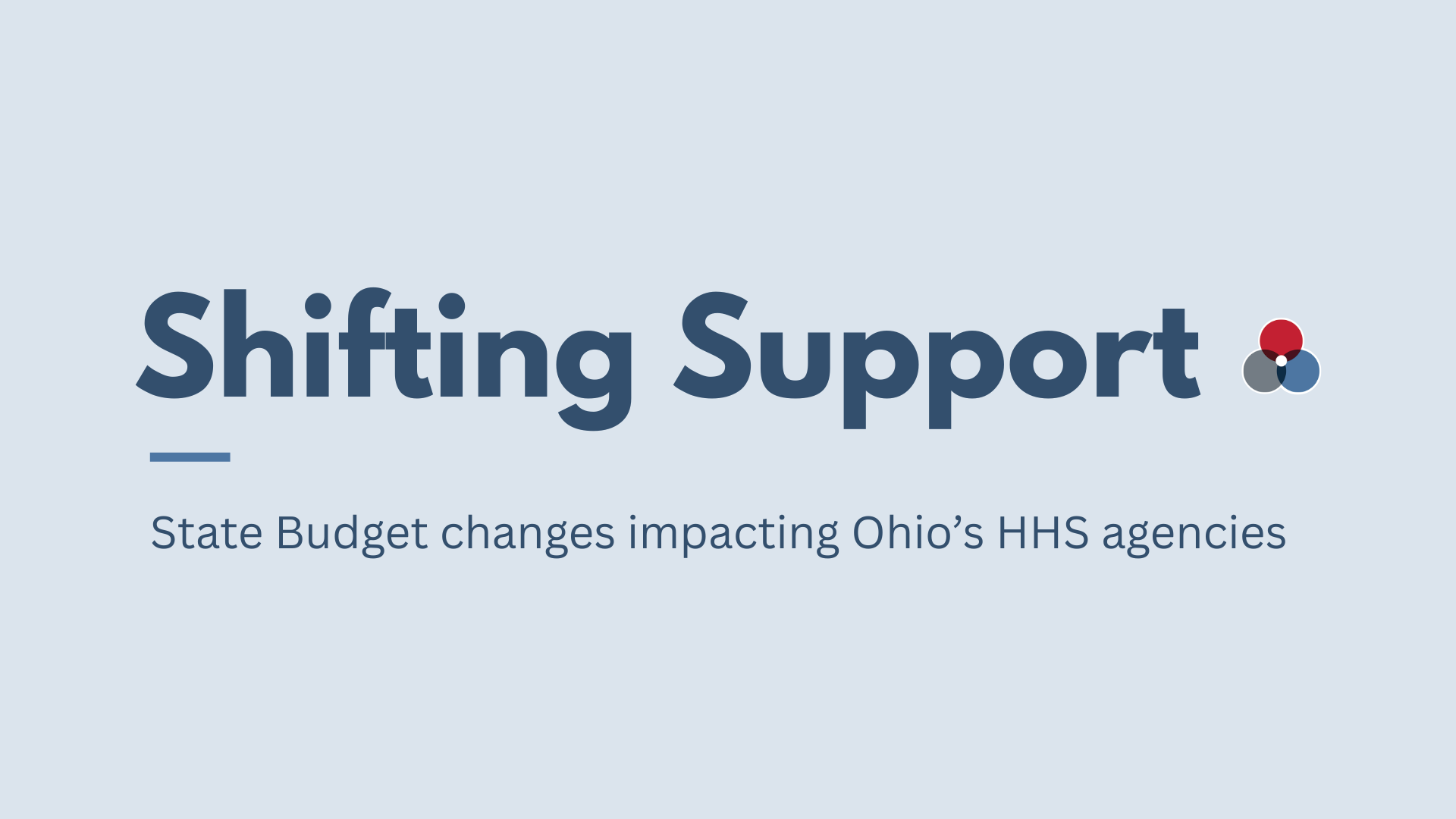The Center for Community Solutions Public Policy Fellow Loren Anthes recently authored an issue brief on the relationship between food insecurity and Medicaid. One of the key takeaways from the brief is that “as a social determinant of health, food insecurity increases cost and diminishes outcomes in health care.” With a high number of older adults in the Aged, Blind and Disabled Medicaid population, I thought it would be worthwhile to explore the access older adults in Ohio have to healthy food, their ability to pay for medication and their overall health.
In two major cities in Ohio, we see that low income, older adults are less likely to have access to healthy and affordable food than their higher income peers, and are also less likely to always be able to afford their prescription medications.
In recent years, Community Solutions has surveyed older adults in Cleveland and Columbus for their respective Age Friendly Cities initiatives. A common set of questions was presented to older adults in both cities through a survey mailed to a random selection of the survey population. In Cleveland the survey population was defined as city of Cleveland residents age 60 and older, while the Columbus survey population included Columbus residents 50 and older. In both of these surveys, participants were asked a common set of questions concerning the community supports and health services available in their communities. One question asked of the survey takers was whether or not they had access to healthy and affordable food. In both communities, those with incomes under $25,000 reported less access to healthy food than those with incomes more than $25,000.

The difference in access to healthy food based on income is larger in Columbus. There, older adults who earned a potentially Medicaid qualifying level of income, had a 12 percent lower rate of access to healthy food compared to the higher income group.
[bctt tweet="In two major Ohio cities, we see low income, older adults are less likely to have access to healthy and affordable food and are also less likely to always be able to afford their prescription medications than their higher income peers" username="CommunitySols"]
We also asked the survey respondents whether or not they were always able to afford their prescriptions.

In two major cities in Ohio, we see that low income, older adults are less likely to have access to healthy and affordable food than their higher income peers, and are also less likely to always be able to afford their prescription medications. Based on what we know about how the human body works, it is reasonable to assume lack of access to food and medication can lead to poorer health outcomes. On the surveys, we asked respondents to rate their health on a scale that included poor, fair, good, very good and excellent. It is not surprising to learn that those with lower incomes have higher rates of reporting fair/poor health. Almost all of the residents surveyed in Columbus with incomes more than $25,000 can always afford their prescriptions however more than 20 percent of Columbus residents with incomes under $25,000 are not always able to afford prescription medications. Although the difference between the two income populations is less, the same disparity holds true in Cleveland.

There are many factors that contribute to the overall health of an individual. It would be erroneous to conclude that two specific factors, food and medication access, can predict health outcomes. However, we do see that there are certain factors that appear to correlate with incomes below $25,000, at least here in Ohio. By nature of eligibility requirements, Medicaid beneficiaries fall into this income group. We see that in both Columbus and Cleveland as income lowers among older adults, so does access to healthy food, the inability to afford prescriptions increases and self-reported health decreases.

The differences based on income are even more evident in Columbus than in Cleveland, possibly because Cleveland has had higher rates of poverty longer and has, over time, developed stronger safety nets for food access and low cost health services within the city.
What would qualify as groundbreaking, would be if Medicaid were able to improve the health of their beneficiaries through a non-traditional medical intervention such as providing direct access to healthy food.
Access to healthy food and access to prescription medication will make an individual healthier. This is not a groundbreaking statement, nor is it groundbreaking to demonstrate that lower income individuals have less access to both of these than their higher income peers. What would qualify as groundbreaking, would be if Medicaid were able to improve the health of their beneficiaries through a non-traditional medical intervention such as providing direct access to healthy food.








